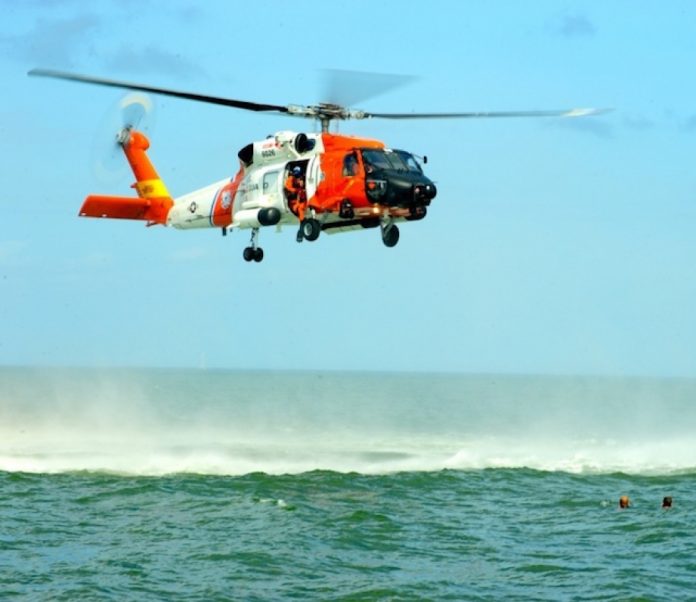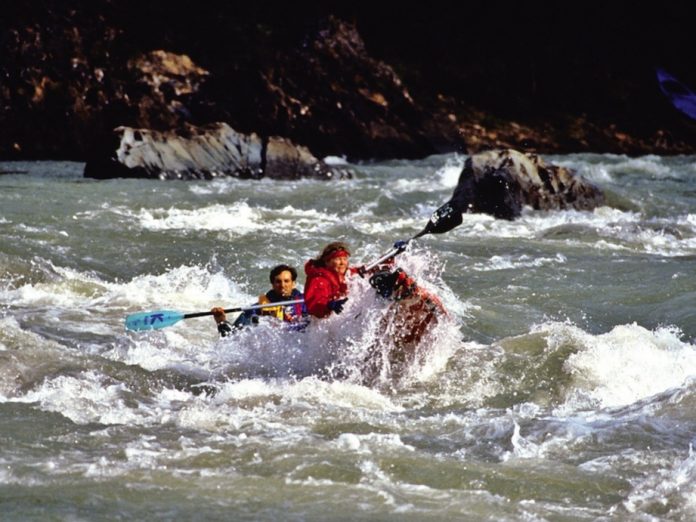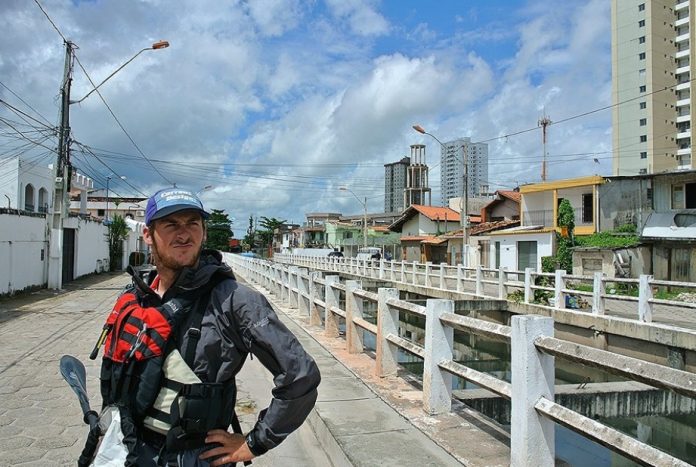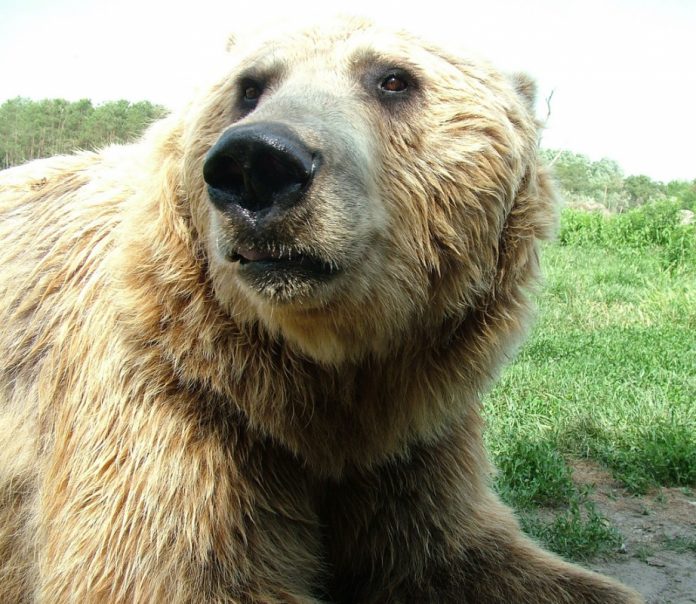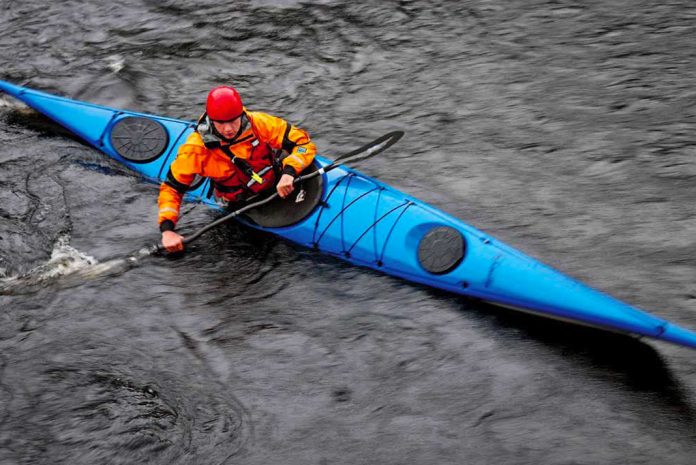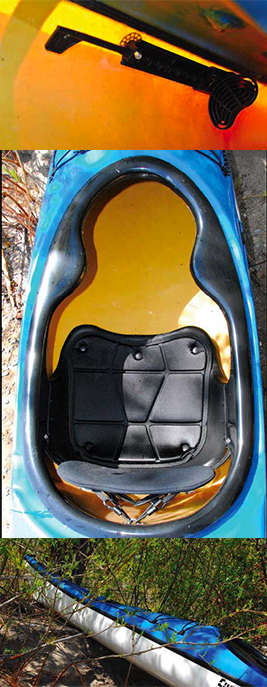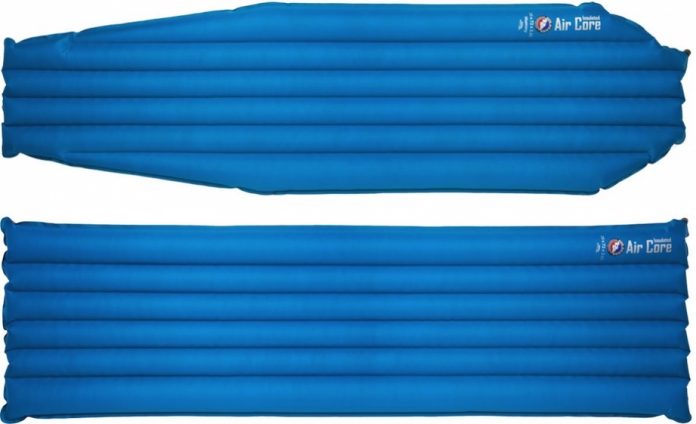Floating in the water, holding onto their tandem sea kayak for dear life, Robert Beltram and Judith Gotlieb knew they were in trouble. More than halfway through a four-week trip on Lake Superior, they had capsized in high waves. Within minutes, the kayak was swamped and the pair was starting to feel the lethargic effects of the cold water despite their wet suits.
Beltram activated their personal locator distress beacon and two and a half hours later a Canadian Coast Guard C-130 search plane spotted them. Another 30 minutes, and they were both plucked from the water by a Coast Guard helicopter and transported to a local hospital for hypothermia treatment.
Up until the early 20th century, large rescue operations were highly unorganized and often ineffective. It wasn’t until the sinking of the Titanic in 1912 that the international community was galvanized to put a greater importance on safety at sea. The first draft of the International Convention for the Safety of Life at Sea, or SOLAS, was signed in 1914.
The development and acceptance of the SOLAS treaty was a fundamental turning point in maritime safety. Governments began to research safety infrastructure, leading to the development of early ship to shore radio communication networks and more accurate and standardized mapping technology.
One of the greatest advancements in search and rescue technology was the development of the Cospas-Sarsat (Search And Rescue Satellite) system. Jointly conceived and funded by Canada, France, the United States and the former Soviet Union in 1979, the Cospas-Sarsat system consists of five geosynchronous satellites called GEOSARs and six low-earth polar orbit satellites called LEOSARs. Together, the satellites work to pinpoint your location and transmit the necessary information to authorities.
Once a distress signal from a personal locator beacon, satellite messenger or EPIRB is activated, the signal is relayed from these satellites to one of 66 ground stations. The ground station processes the message and generates the distress alert, which is automatically passed along to one of 31 Mission Control Centers scattered around the world. The Canadian Mission Control Centre is in Trenton, Ontario, while U.S. emergencies are sent to the United States Mission Control Center in Silver Spring, Maryland. Mission Control confirms the location and reports the emergency to the local Search and Rescue point of contact.
In Canada, search and rescue falls primarily under the responsibility of the Canadian Coast Guard. Responsibility for marine emergencies stateside falls to the U.S. Coast Guard, while if the emergency occurs on inland waters or wilderness areas, the Department of the Interior or the National Park Service takes charge.
Keep in mind that after you activate your PLB it can take up to 45 minutes before your signal is picked up by satellites and passed along to your local rescue team. Depending on location, sea state and weather, it could be several hours or even the next day before help arrives.
Beltram and Gotleib were lucky. As a great symbol of international cooperation, it isn’t unheard of for the United States and Canada to share rescue resources. It was a HH-65 Dolphin rescue helicopter from Traverse City, Michigan, that was sent to pluck them from the icy waters. At the end of the day, it’s about getting the help there quickly—and sorting out who’s going to foot the bill later.
David Johnston is the founder of www.PaddlingHQ.com. He also teaches kayaking, organizes the Georgian Bay Storm Gathering and, incredibly, holds down an actual real job as a public servant.
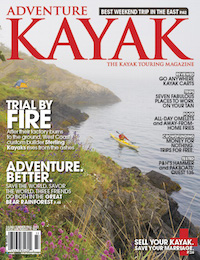
This article first appeared in Adventure Kayak, Early Summer 2013. Download our free iPad/iPhone/iPod Touch App or Android App or read it on your desktop here.



